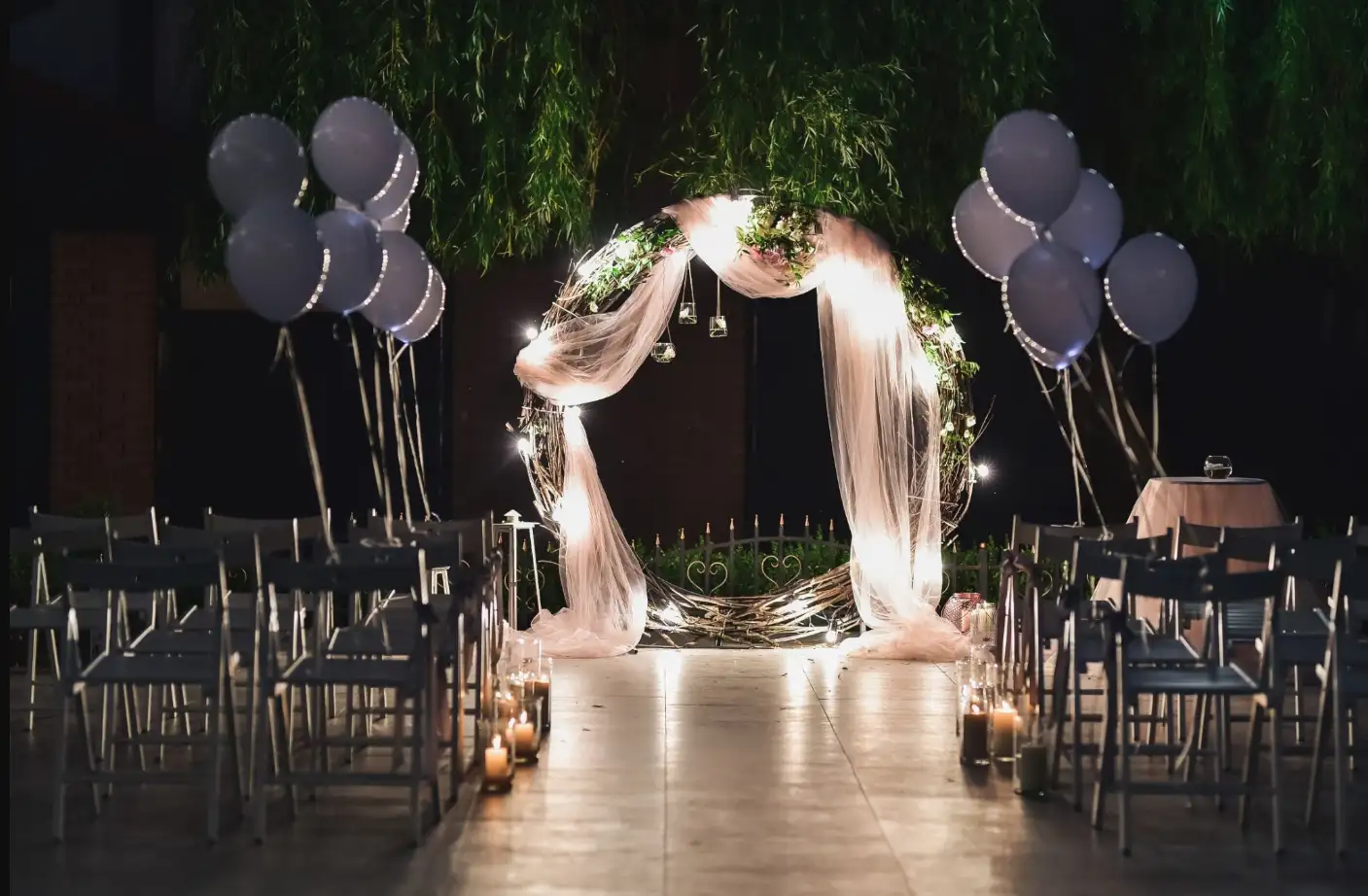
An event management company’s online presence can have a massive impact on its growth and success. A website is a vital marketing tool as suggested by research conducted by Hubspot that showed about 78% of people are searching for events on the net. An event planning website assists the company in reaching the right target audience while increasing engagement. It helps to build an online presence and extend one’s reach to newer audiences irrespective of geographic boundaries. The presence of a website directly helps to improve the event planner’s credibility.
Another advantage of having an event management website is round the clock presence. Even outside business hours, the event website can provide vital information for attendees and help generate business leads. The majority of event management companies have websites now and by staying offline one might lose out to the competitors.
The website is the base of one’s online strategy and provides a platform for event planners to showcase themselves with aesthetic pictures, videos, and much more. The customer can easily preview previous work and make a decision instantly.
While an event planning job is challenging, building your website can be even more challenging. Crafting your website can help you make or break your image as a professional event planner. The main purpose of the website is to strategically guide the users through the decision-making process.
Essentials components of an event planning website:
Given below are some of the essential components an event planner should have on their website to maximize conversions.
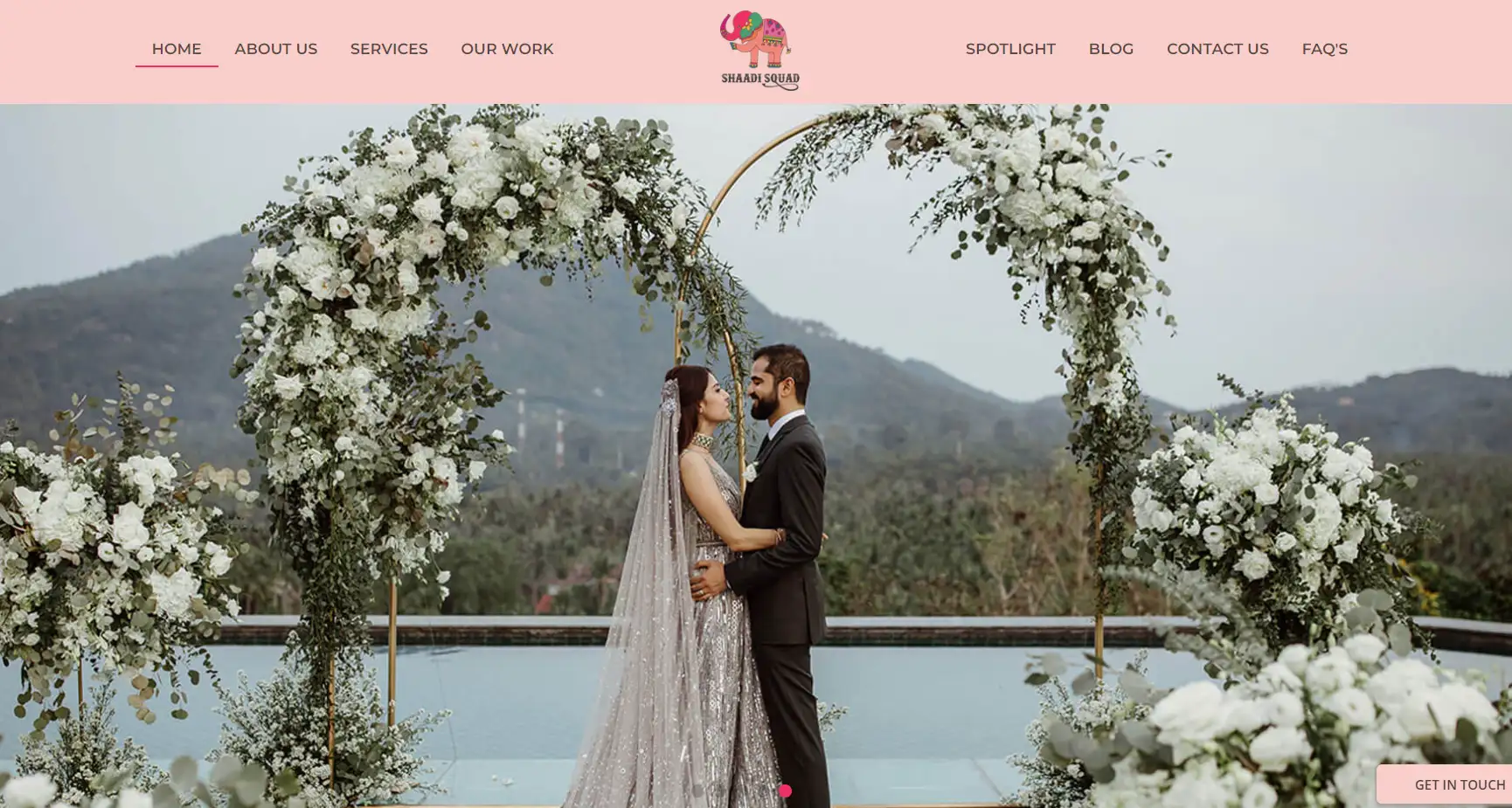
The landing page is one of the most important pages on an event planner’s website. This is where the first impression of the brand is created. The page has to be created in a way that is easier to navigate with effective call-to-action buttons. A Call to Action is a key element on a webpage that helps the user to take action. The buttons need to have a bold design with a clear benefit and should be short in length. “ Book Now” or “Know More” are some of the prime examples of useful CTA buttons.
Header images and graphics should be displayed at the top of the page. They help the user get a glimpse and set the tone of the company on the website. A section involving commonly asked questions can also be added that solves the user's query instantly and helps save time. It helps the users to make decisions.
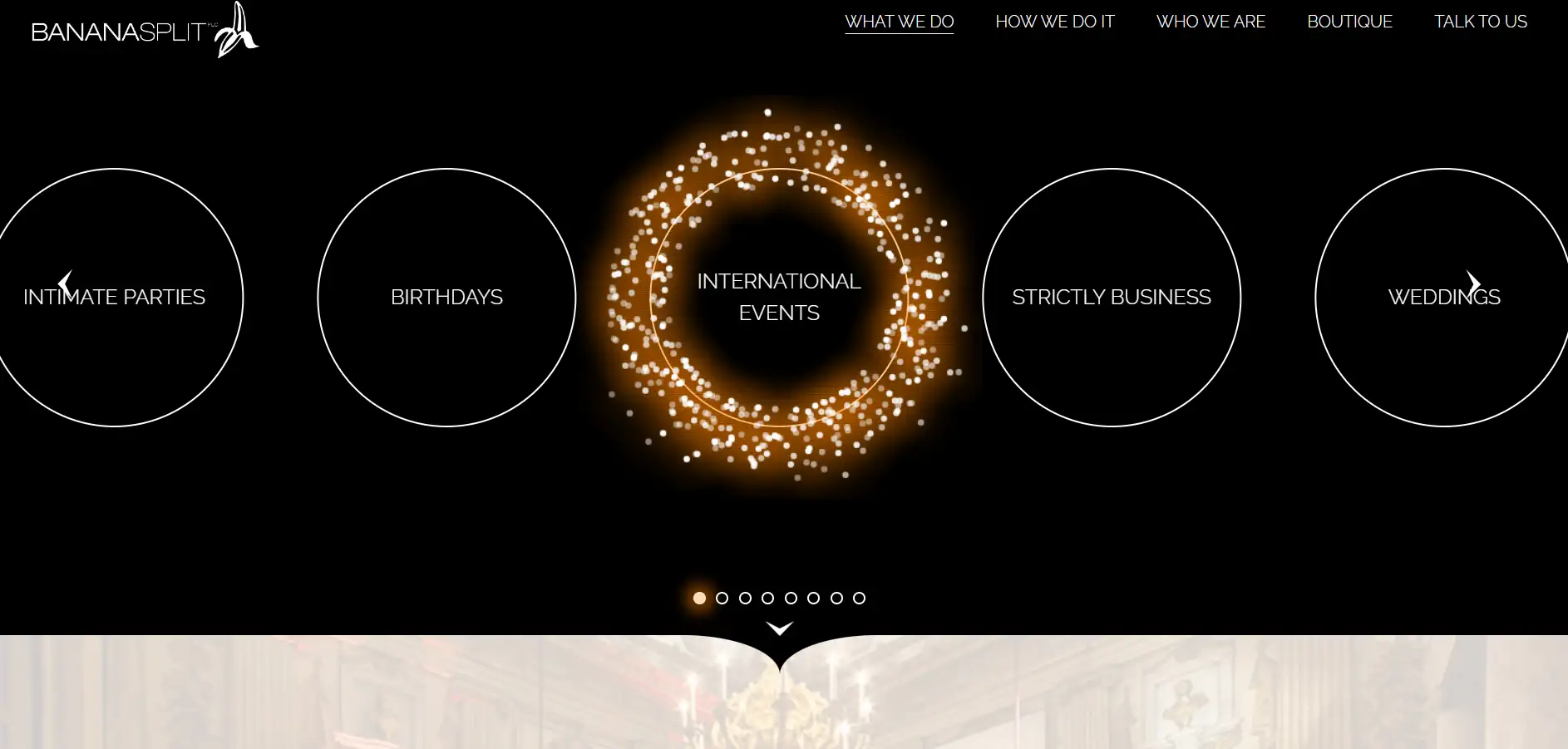
The portfolio is where one showcases their capabilities as an event planner. Hence, the portfolio should be presented beautifully in a way that provides a holistic view of helps the various events. The portfolio section of the event planning website should have a clean and classic design. The section should present pictures of various event categories like weddings, birthdays, non - profit events in a structured way. This helps bring attention to the important and relevant sections of the website. A minimalistic design with an eye-catching portfolio portrays one's experience as an event planner.
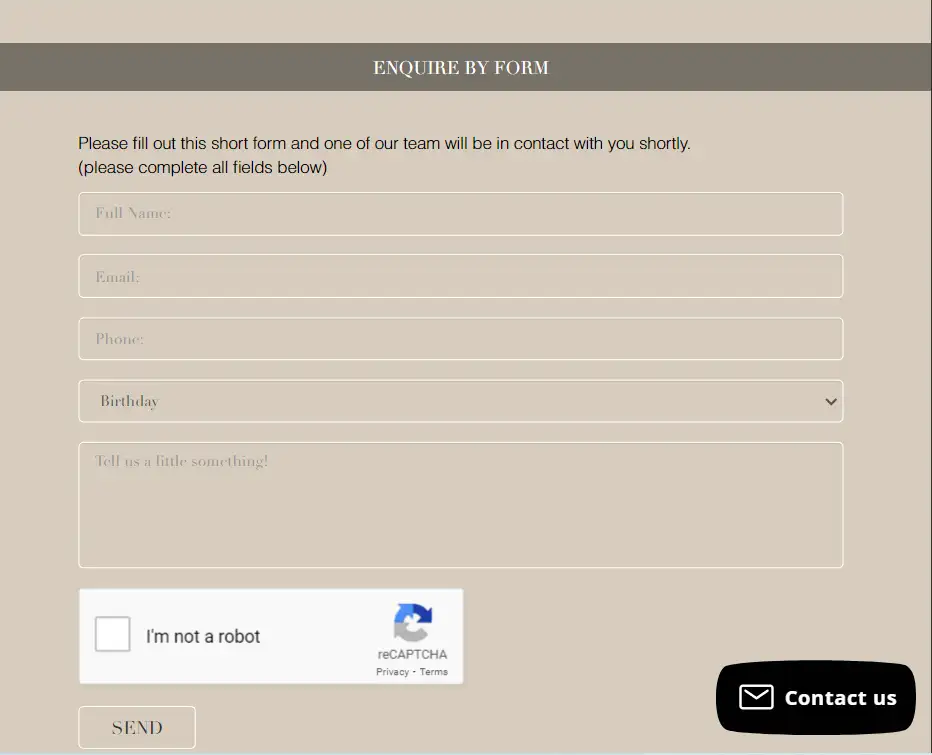
Contact form is one of the final steps in the user’s decision-making process. Research states that the more steps in the registration process more is the rate of customers dropping off from the website. Hence, reducing the number of steps and keeping the process compact will eventually help in efficiently completing the sale. The details in the contact form generally include the name, email address, type of event, and contact number. Event planners should add their contact information and address as well. The contact form can be a part of the homepage or it can be a separate page altogether.
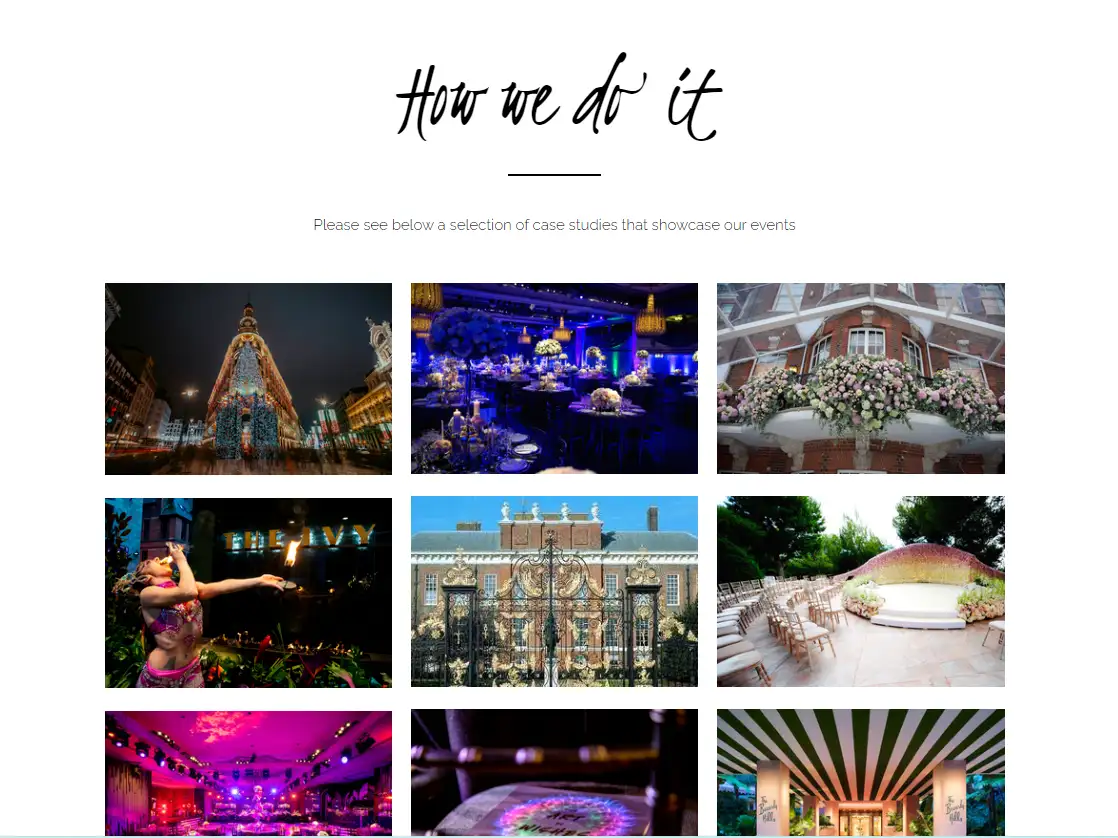
These visual cues play a vital role in the potential customer’s decision-making journey as they give them an insight into the overall event experience. Presenting one’s work creatively while keeping in mind the different segments of target audiences is vital. Visitors should be able to connect with the event and visualize themselves while looking at the pictures. Along with pictures of the events, a little information about them can help the visitors understand the concepts and purpose better.
Event descriptions are mini descriptions that can be added below the images on the page, helping the user understand the theme and the type of event they clicked on.
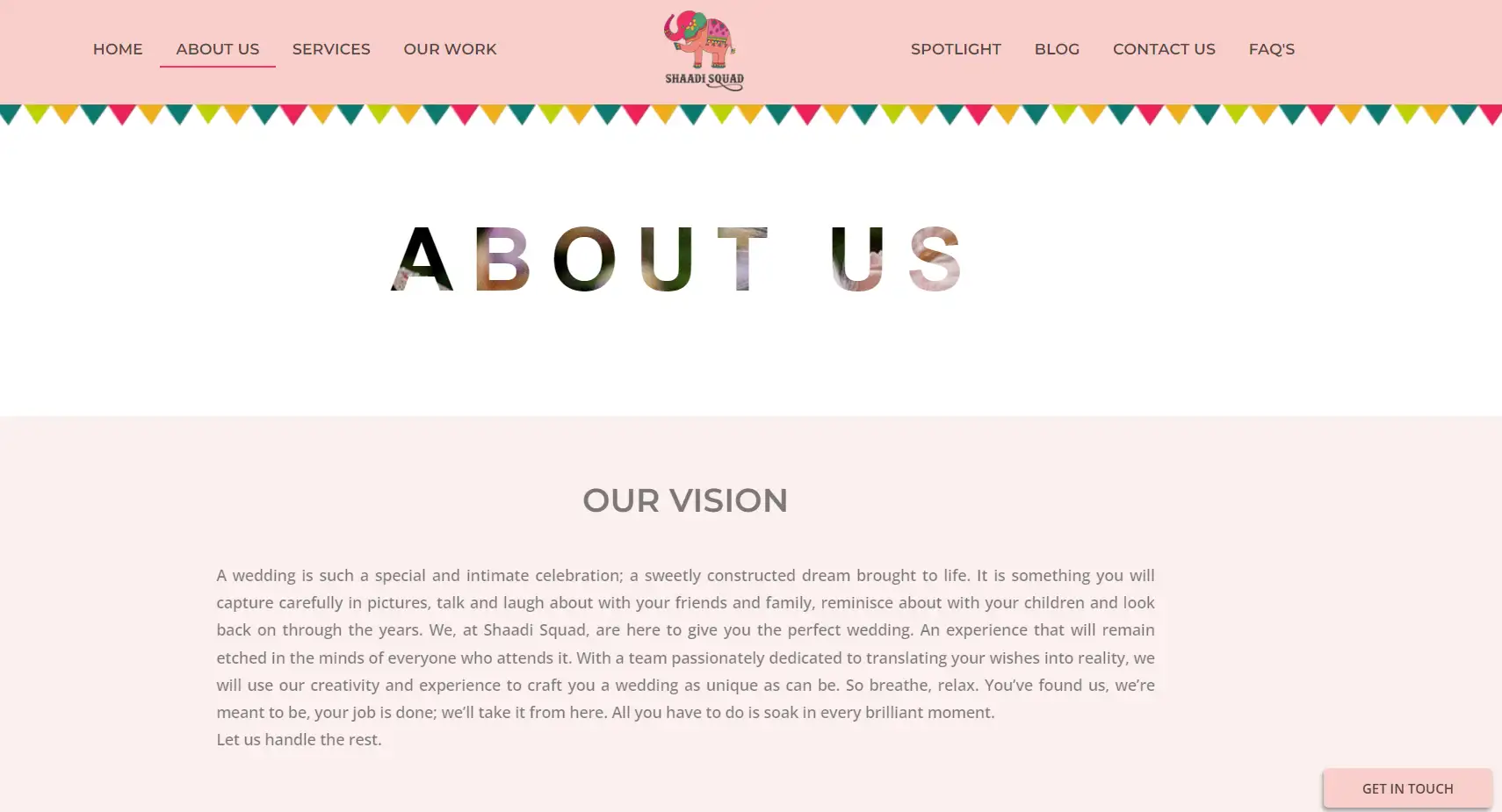
The About Us page provides an opportunity for visitors to get to know the company. As visitors arrive on the landing page, they are hoping for a piece of introductory content, such as what/when/where/how details and everything related to event planning. It is a great way of communicating the event company’s mission and vision while highlighting some major accomplishments. It helps the customer to connect better with the company.
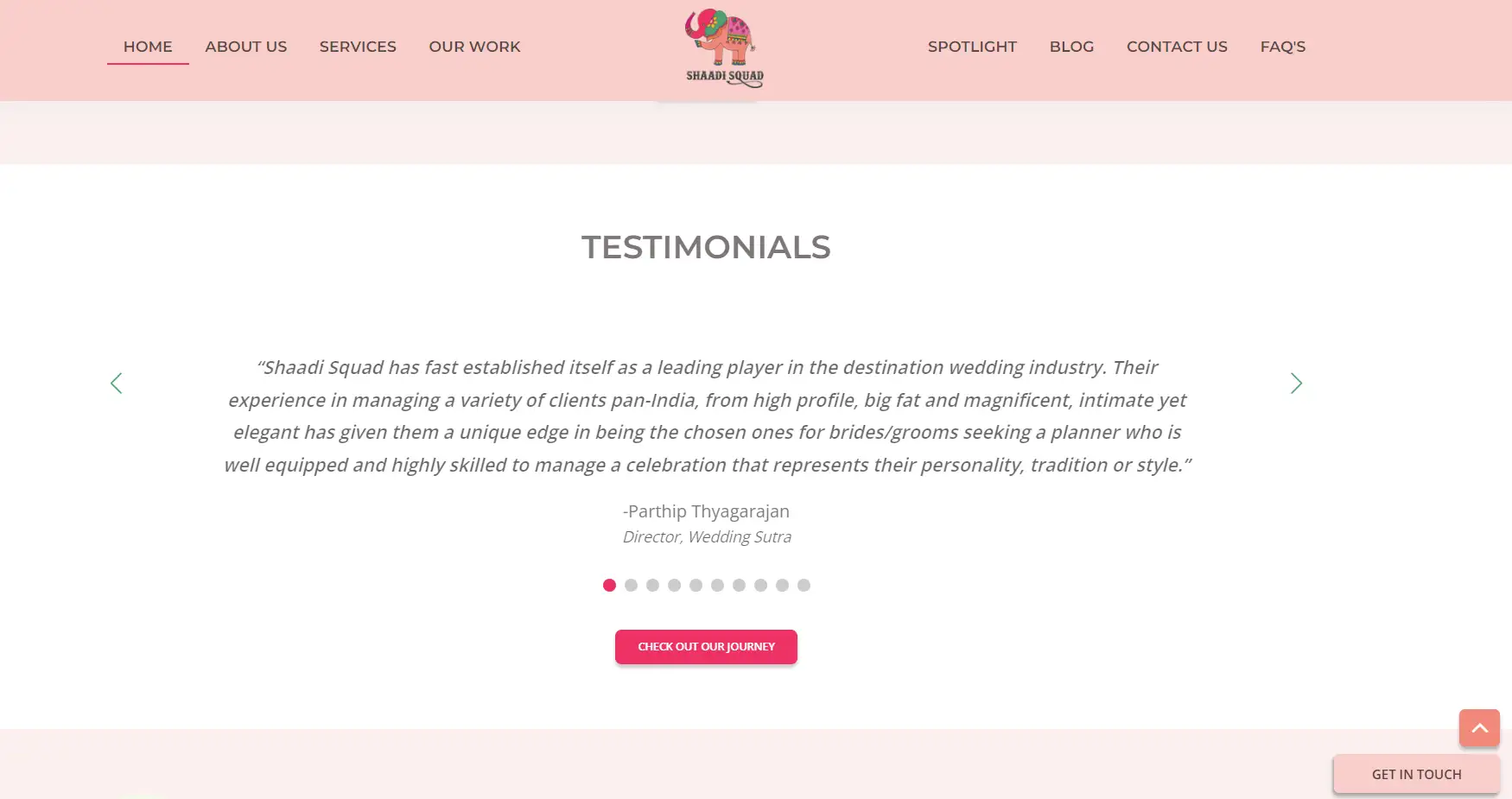
Word of mouth is one of the strongest forces in marketing nowadays. It is one of the main reasons why people add social proof and testimonials to their websites. A testimonial from an influential expert or a past attendee can go a long way to add credibility to your event. Studies show that 70% of consumers look at product reviews before making a purchase, and product reviews are 12x more trusted than product descriptions from manufacturers. So, it is important to add customer testimonials on the homepage. This makes the company more approachable. Read more to find out how testimonials help your business .
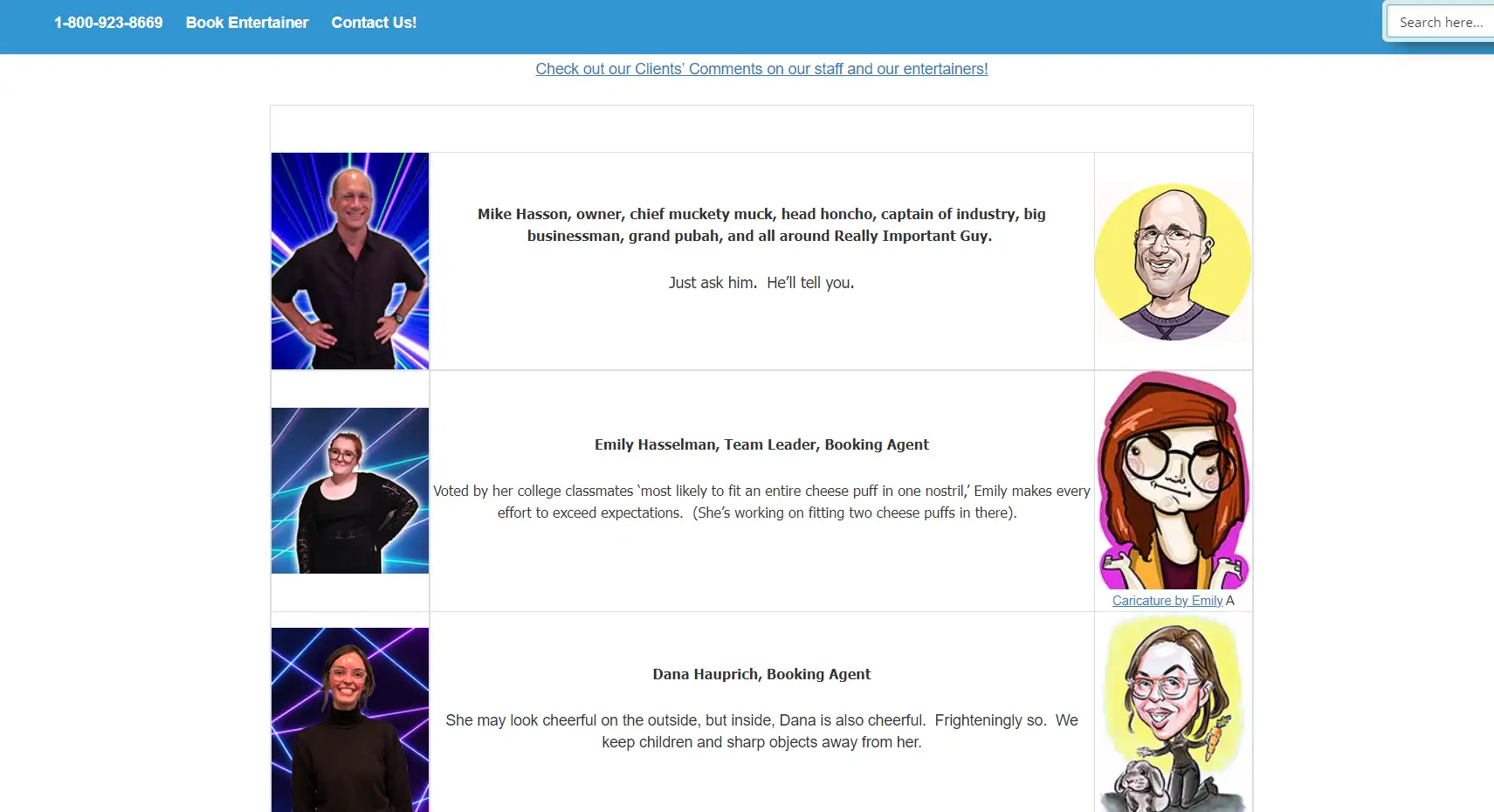
The team section becomes a vital part of an event planning website. It helps visitors see the actual workforce behind the event. Highlighting teammates build a sense of trust and connection with potential clients. A brief description of the employees and the sense of team spirit should be conveyed.
The essential elements mentioned above have to be placed strategically to get the maximum conversions. Workik provides a great platform for developing interactive and client-centric websites. With pre-made templates and widgets, the website can be created in no time. Workik also provides a customer representative who can take care of your queries instantly. Workik takes care of hosting, storage, SSL certificate, lead management, SEO optimization, and much more at an affordable price . Contact Workik to get started.